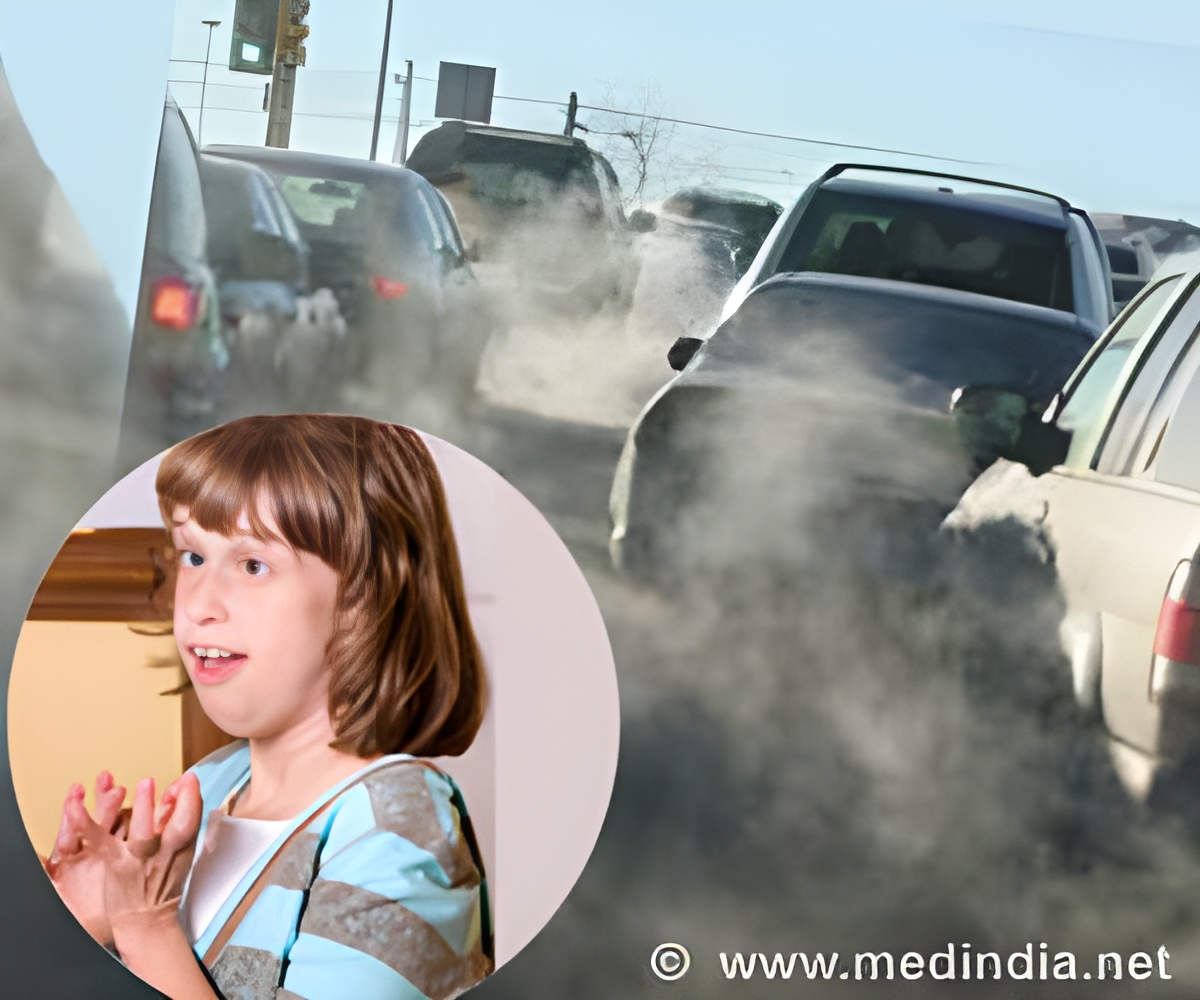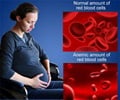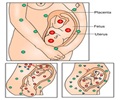
The researchers examined data from Nurses' Health Study II, a long-term study based at Brigham and Women's Hospital involving 116,430 nurses that began in 1989. Among that group, the authors studied 325 women who had a child with autism and 22,000 women who had a child without the disorder.
They looked at associations between autism and levels of pollutants at the time and place of birth. They used air pollution data from the U.S. Environmental Protection Agency to estimate women's exposure to pollutants while pregnant. They also adjusted for the influence of factors such as income, education, and smoking during pregnancy.
The results showed that women who lived in the 20 percent of locations with the highest levels of diesel particulates or mercury in the air were twice as likely to have a child with autism as those who lived in the 20 percent of areas with the lowest levels.
Other types of air pollution-lead, manganese, methylene chloride, and combined metal exposure-were associated with higher autism risk as well. Women who lived in the 20 percent of locations with the highest levels of these pollutants were about 50percent more likely to have a child with autism than those who lived in the 20percent of areas with the lowest concentrations.
Most pollutants were associated with autism more strongly in boys than girls. However, since there were few girls with autism in the study, the authors said this finding should be examined further.
Advertisement
Source-ANI














